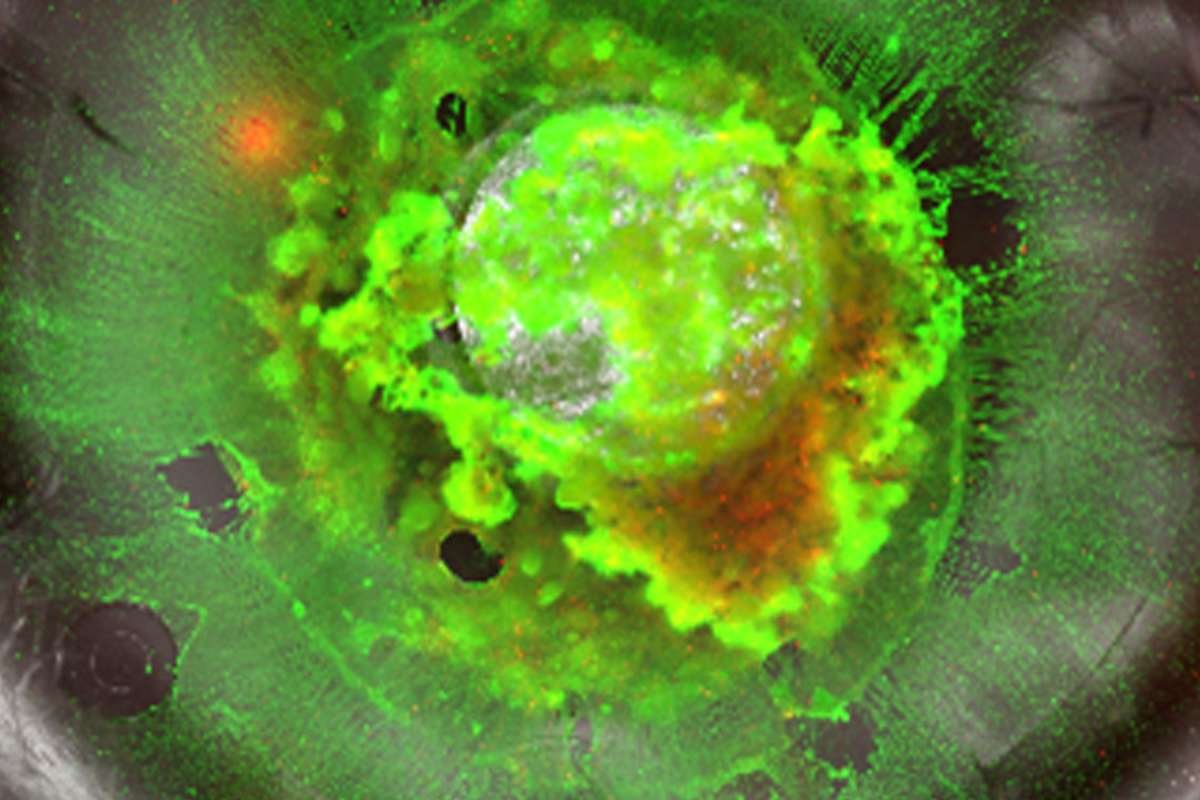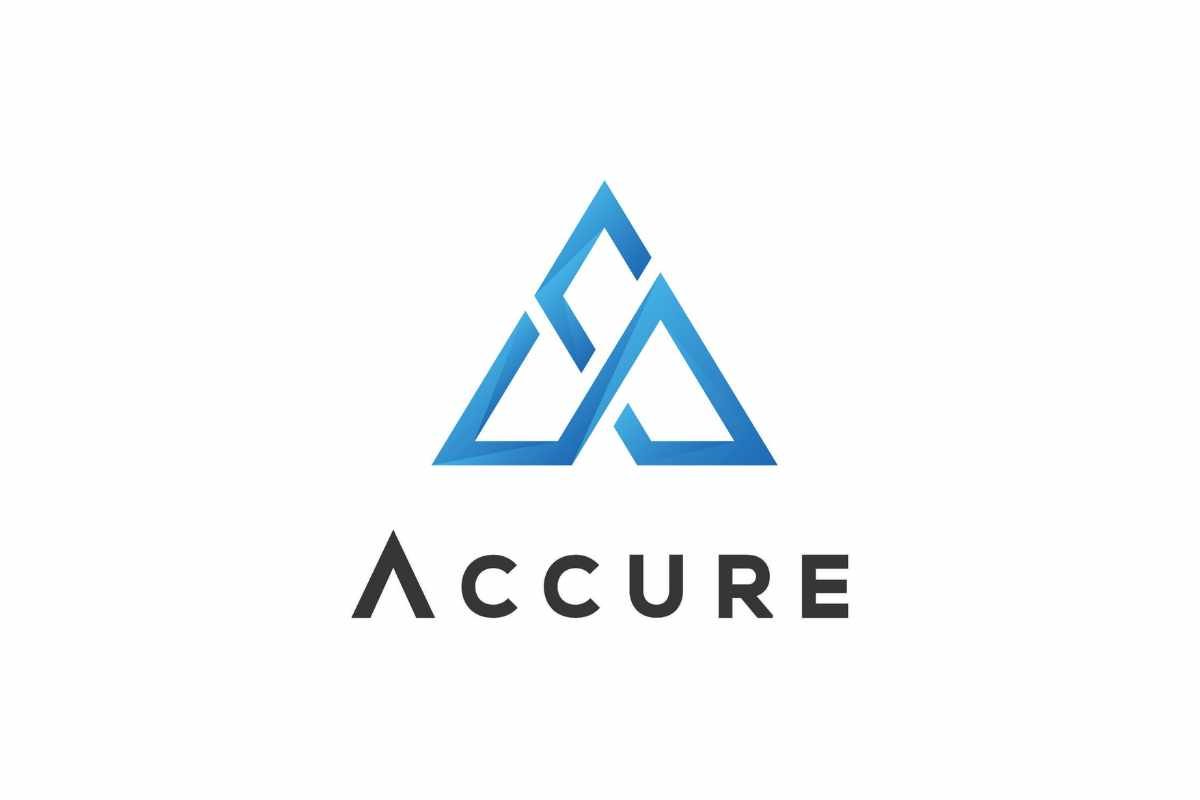Source-Darbaar.com
Non-Emergency Medical Transportation (NEMT) is at the forefront of a technological revolution. Technology has become the cornerstone, enhancing efficiency and customer experiences in businesses. Medical transportation, with its focus on breaking down access barriers and ensuring patient safety. It is leveraging these technological advancements to redefine the future of patient transportation. It stands as a crucial element, striving for equitable access to healthcare services for all. Technological innovations, particularly mobile apps and platforms, are reshaping the landscape, offering streamlined booking and coordination of NEMT services. This provides convenience for patients and holds the promise of improving care quality and reducing healthcare disparities.
Consequences of Outdated Technology in the Medical Transportation Sector:
As a crucial component of the Medicaid program, the NEMT industry operates on a vast scale. Inefficiencies and malpractice within this sector not only lead to the mismanagement of funds but also contribute to the loss of billions in revenue, ultimately driving up healthcare costs.

Technology-Driven Solutions:
Non-emergency medical transportation dispatch software solution rigorously focuses on all levels of operational care providing reliable services such as:
• Healthcare organizations find it easy to manage non-emergency medical transportation operations, handling trips, drivers, vehicles, and clients all in one place. With just a click, they can effortlessly create, plan, schedule, and track trips. The software collects data for operational insights and performance reports.
• Transport providers can efficiently schedule patient transportation requests based on their needs. They streamline other transportation tasks like vehicle allotment, billing, and communication with drivers, enhancing overall service.
• Drivers receive real-time patient transportation requests, enabling them to navigate routes seamlessly for smooth pick-up and drop-off. They can also keep track of trip departures and arrivals.
• Medicaid beneficiaries can quickly access on-demand transportation services for medical needs, resulting in improved health, better care, and reduced costs.
The Beginning of a New Tech-Era:
1. The Dawn of Tech
Traditionally viewed as a logistical challenge, NEMT has undergone a drastic shift with the infusion of technology. The integration of digital platforms, real-time tracking, and data analytics has elevated non-emergency medical transportation beyond a mere transport service. These technological advancements have brought forth a new era of efficiency, and improved patient outcomes.
2. Smart Scheduling and Routing
One of the primary challenges in this sector has been optimizing routes to ensure timely and efficient transportation for patients with diverse needs. Smart scheduling algorithms and GPS-based routing systems have emerged as game-changers. These technologies enable providers to streamline routes, reduce transit times, and enhance the overall experience for patients.
3. The Rise of Mobile Apps

Mobile apps have become instrumental in revolutionizing non-emergency medical transportation. Patients can now schedule rides, track their transportation in real-time, and receive important updates through user-friendly apps. This empowers patients with greater control and transparency in the entire transportation process.
4. Telehealth Integration
The bond between medical transportation and telehealth has paved the way for comprehensive healthcare solutions. Integrating telehealth features into non-emergency medical transportation services ensures that patients can receive virtual consultations during transit. This optimizes time and enhances the continuum of care.
Challenges and Solutions:
Despite the advantages, the tech transformation in non-emergency medical transportation is not without its challenges. Issues such as digital literacy among elderly patients, data security concerns, and the initial cost of implementing advanced technologies pose hurdles. However, ongoing efforts to address these challenges are underway. Digital literacy programs aim to educate elderly patients on using technology for medical transportation services, ensuring that the benefits of innovation are accessible to all demographics. Additionally, stringent measures and protocols are being established to safeguard patient data, fostering trust in the digital infrastructure.
Key Features of a Technology-Driven Solution:

Conclusion:
Embracing innovation is the key to transforming the medical transportation industry, riddled with fraud and financial inefficiencies. Cutting-edge technology introduces a drastic shift, fostering transparency and reliability. Abandoning outdated methodologies and incorporating essential functionalities tailored to the NEMT sector’s needs is essential for sustainable growth. An updated, technology-driven system not only streamlines operations but also elevates healthcare standards, contributing to reduced costs. This, in turn, indirectly enhances overall quality of life by ensuring access to well-coordinated and dependable transportation services. The path to progress in the NEMT industry lies in a forward-looking approach, where the integration of technology becomes the cornerstone for a more secure, and patient-centric future.











